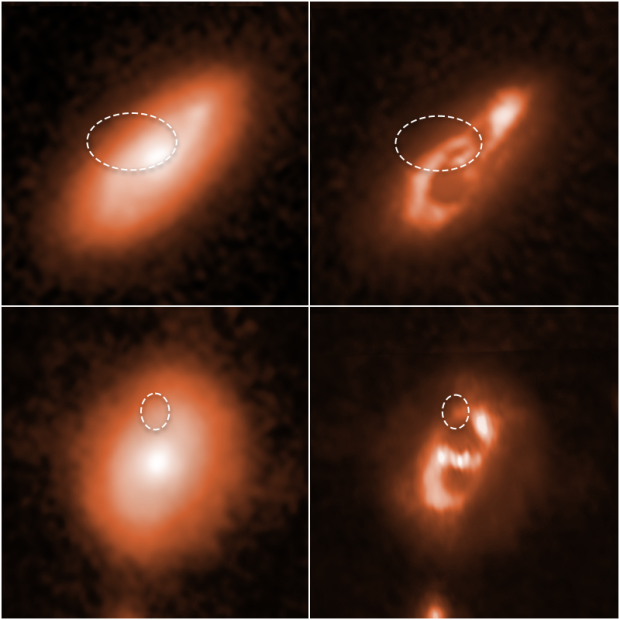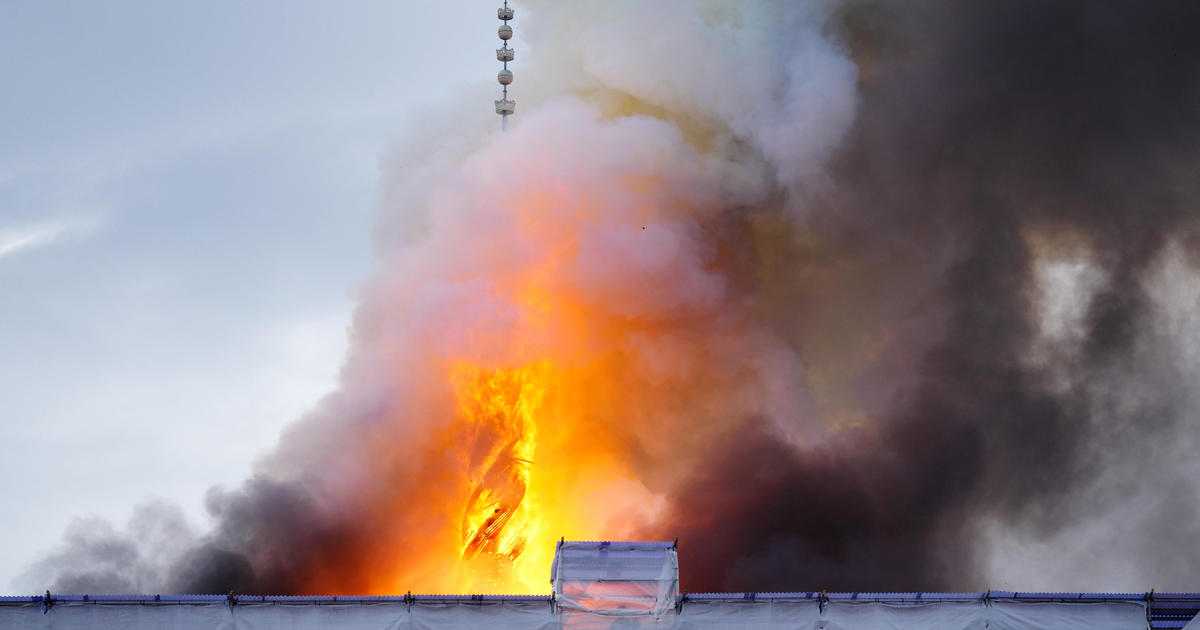NASA traces source of mysterious fast radio bursts sending signals to Earth
Don't panic, but mysterious sources have been sending radio signals to Earth for years. Now, scientists have tracked down some of their origins — and they were surprised by what they found.
And no, it's still not aliens.
Using NASA's Hubble Space Telescope, astronomers have traced the locations of five deep space signals known as fast radio bursts (FRBs). In a thousandth of a second, these powerful blasts generate as much energy as the sun does in an entire year.
Around 1,000 FRBs have been detected since the first one was discovered in 2001, but they are notoriously difficult to track because they disappear in an instant and without a trace. Only 15 of them have been tracked to specific galaxies.
Scientists are interested in tracking where these intense pulses are coming from so they can determine what kind of cosmic events trigger them.
In the new study, set to publish in The Astrophysical Journal, researchers using Hubble's Wide Field Camera 3 were able to pinpoint five out of eight recent FRBs to their host galaxies, as well as the kinds of locations they originated from. One feature of all of these distant galaxies is their "spiral arms," where stars form.
"Our results are new and exciting. This is the first high-resolution view of a population of FRBs, and Hubble reveals that five of them are localized near or on a galaxy's spiral arms," said lead author Alexandra Mannings. "Most of the galaxies are massive, relatively young, and still forming stars. The imaging allows us to get a better idea of the overall host-galaxy properties, such as its mass and star-formation rate, as well as probe what's happening right at the FRB position because Hubble has such great resolution."
Some of the arm structures were more tightly wound, while others were looser, showing the differences in the distribution of stars. The images indicate that the FRBs likely do not come from the galaxies' youngest, most massive stars.
The flares likely do not originate from the explosive deaths of these young stars, nor the merger of neutron stars, scientists said. They also do not come from dwarf galaxies, which scientists previously failed to rule out as a possibility. With each new discovery, astronomers are narrowing down the possible explanation for these mysterious signals.
"We don't know what causes FRBs, so it's really important to use context when we have it," said team member Wen-fai Fong. "This technique has worked very well for identifying the progenitors of other types of transients, such as supernovae and gamma-ray bursts. Hubble played a big role in those studies, too."
The team's findings support the idea that FRBs originate from the bursts of young magnetars, a type of neutron star with powerful magnetic fields. Scientists call them the strongest magnets in the universe — 10 trillion times more powerful than a refrigerator door magnet.
"Owing to their strong magnetic fields, magnetars are quite unpredictable," Fong explains. "In this case, the FRBs are thought to come from flares from a young magnetar. Massive stars go through stellar evolution and become neutron stars, some of which can be strongly magnetized, leading to flares and magnetic processes on their surfaces, which can emit radio light."
The galaxies observed in the study existed billions of years ago, so scientists are observing them as they appeared when the universe was approximately half its current age. Many of them are as massive as the Milky Way, which is also a type of spiral galaxy.
The galaxies are all located between 400 million and 9 billion light years away from Earth.
"This is such a new and exciting field," Fong said. "Finding these localized events is a major piece to the puzzle, and a very unique puzzle piece compared to what's been done before."





